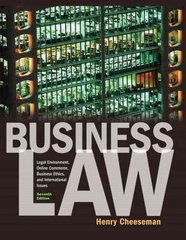this is the full question, thanks for the help. unable to understand how to approach it. Would be greatful for any guidance in the subject.
Question [3]: This question introduces a common way to have a simple but 'innite' economy. It is also a nice example for how aggregation can help, since here each consumer has discontinuous demand, yet aggregate demand is well behaved Suppose there is a unit mass of consumers (this language means that there are innitely many consumers who are all minuscule and together add to a \"mass; of 1; each consumer is treated like a realization of a continuous random variable drawn from a continuous distri bution, in effect.) Each consumer demands either zero or one unit of the good, depending if the market price p exceeds or is below the consumer's valuation v. Suppose that consumers' valuations are distributed uniformly on the interval [0,3]. Question: What is aggregate demand? 80, in this question we will treat a consumer's valuation as a random draw from the distribution. So in essence, we 'inder/identify/label' consumers by their valuation v. Now, since we have a nice probability structure on u [what is not stated here but implicitly assumed due to the fact we don't mention anything differently: the draws for consumers are indepen dent!] we can ask all the usual questions we would in Econ 221. Of particular interest of course are questions about 'the number of consumers' satisfying some condition. Since we have assumed a 'unit mass' of consumers, the number of consumers with a given range of valuations is now really just the probability of a valuation lying in that range! Hint: the question needs to be approached just like any other: Step 1 is to consider an individual consumer. Given a valuation of v, what is the demand? Step 2 is to 'sum' all demands, or, which is the same thing here, to gure out how many consumers there are that buy 1 unit at a given price. Note that for most problems of this kind there really only is one interesting question: who is the 'last' consumer (that is to say, the marginal consumer who is just indifferent between buying and not buying.) Once we know that, all consumers on 'either side' of that consumer behave in the same (but opposing) ways. So all we need to nd is the marginal consumer and identify which 'side' (higher or lower v) also buys, and determine that number







